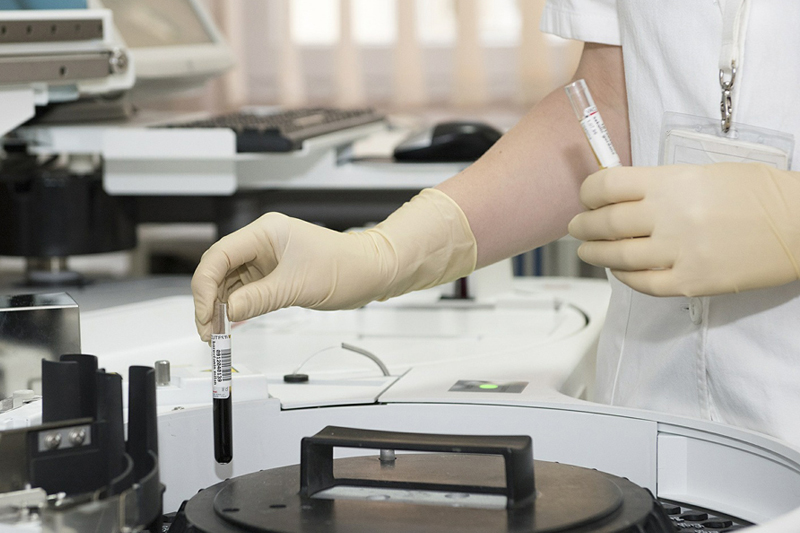Improved Methods for Reprogramming Human Dermal Fibroblasts Using Fluorescence Activated Cell Sorting
A team of the New York Stem Cell Foundation (NYSCF) Research Institute have recently developed a new way to generate induced pluripotent stem (iPS) cell lines from human fibroblasts, acquired from both healthy and diseased donors. The technique utilizes fluorescence activated cell sorting to quantify two specific markers of pluripotency, and “the protocol has enabled the group to derive 228 individual iPS cell lines, representing one of the largest collections derived in a single lab,” said Dr. Kahler PhD, NYSCF Director of Laboratory Automation. “This standardized method means that these iPS cells can be compared to one another, an essential step for the use in drug screens and the development of cell therapies.”
“We are enthusiastic about the promise this protocol holds to the field. As stem cells move towards the clinic, Dr. Kahler’s work is a critical step to ensure safe, effective treatments for everyone,” said Susan L. Solomon, CEO of NYSCF.
Improved Methods for Reprogramming Human Dermal Fibroblasts Using Fluorescence Activated Cell Sorting
PLoS ONE, 2013; 8 (3): e59867 DOI:10.1371/journal.pone.0059867
Current methods to derive induced pluripotent stem cell (iPSC) lines from human dermal fibroblasts by viral infection rely on expensive and lengthy protocols. One major factor contributing to the time required to derive lines is the ability of researchers to identify fully reprogrammed unique candidate clones from a mixed cell population containing transformed or partially reprogrammed cells and fibroblasts at an early time point post infection. Failure to select high quality colonies early in the derivation process results in cell lines that require increased maintenance and unreliable experimental outcomes. Here, we describe an improved method for the derivation of iPSC lines using fluorescence activated cell sorting (FACS) to isolate single cells expressing the cell surface marker signature CD13NEGSSEA4POSTra-1-60POS on day 7–10 after infection. This technique prospectively isolates fully reprogrammed iPSCs, and depletes both parental and “contaminating” partially reprogrammed fibroblasts, thereby substantially reducing the time and reagents required to generate iPSC lines without the use of defined small molecule cocktails. FACS derived iPSC lines express common markers of pluripotency, and possess spontaneous differentiation potential in vitro and in vivo. To demonstrate the suitability of FACS for high-throughput iPSC generation, we derived 228 individual iPSC lines using either integrating (retroviral) or non- integrating (Sendai virus) reprogramming vectors and performed extensive characterization on a subset of those lines. The iPSC lines used in this study were derived from 76 unique samples from a variety of tissue sources, including fresh or frozen fibroblasts generated from biopsies harvested from healthy or disease patients.
http://www.plosone.org/article/info%3Adoi%2F10.1371%2Fjournal.pone.0059867


